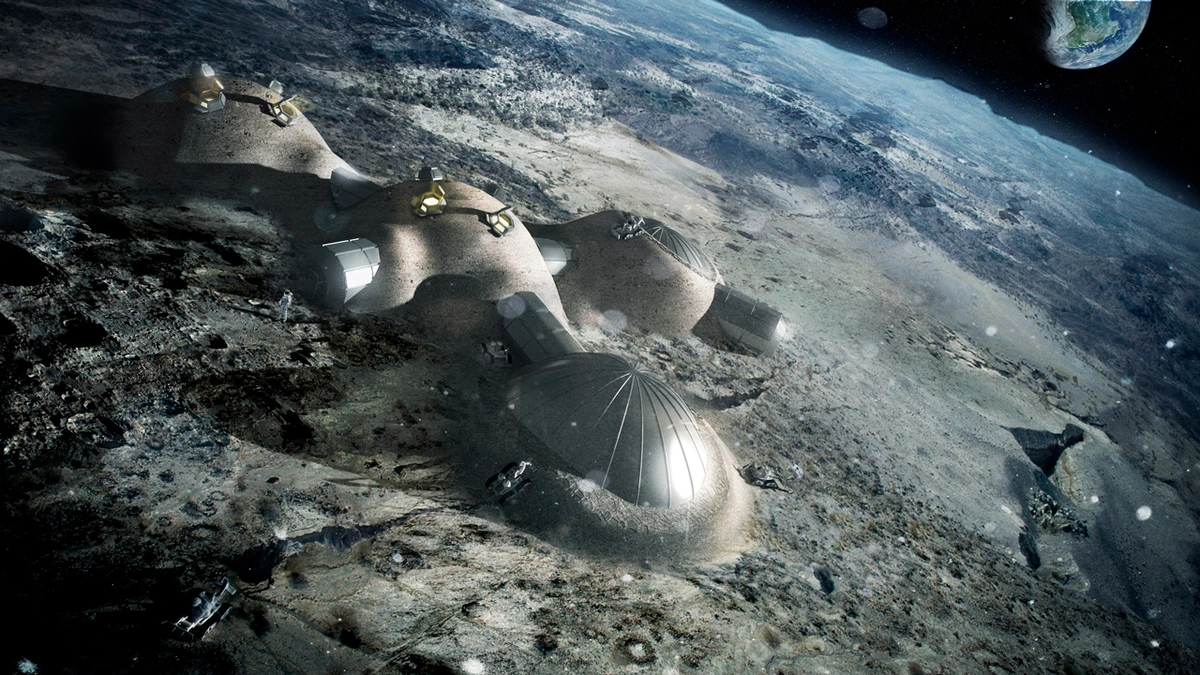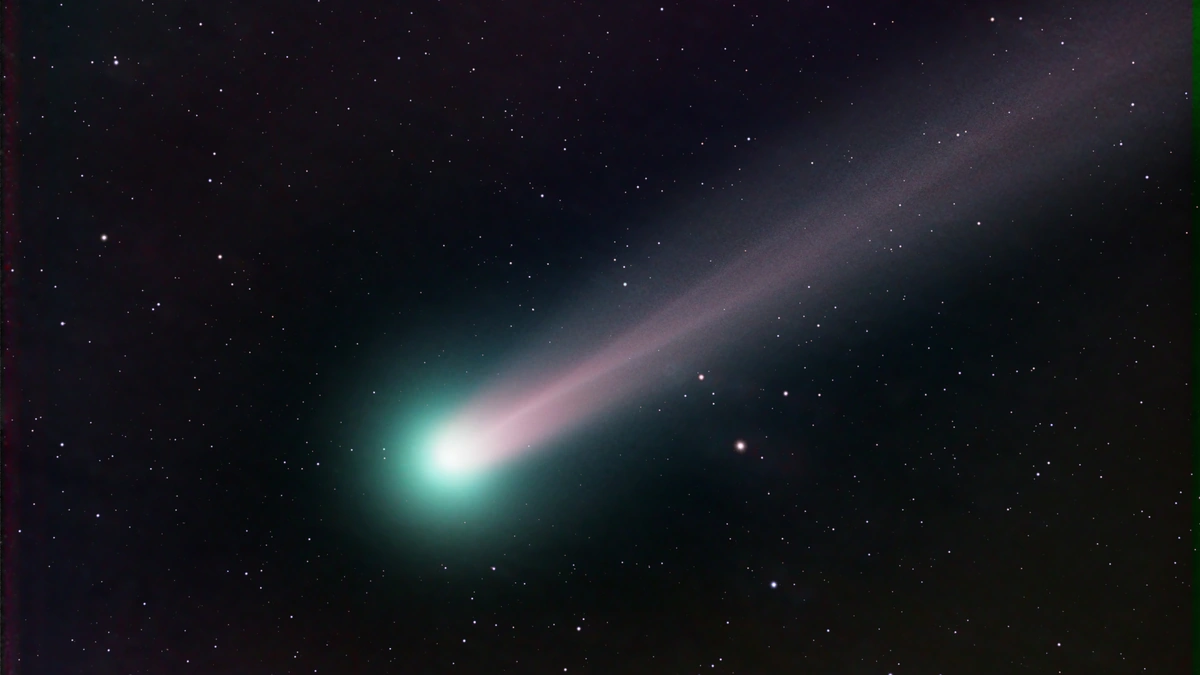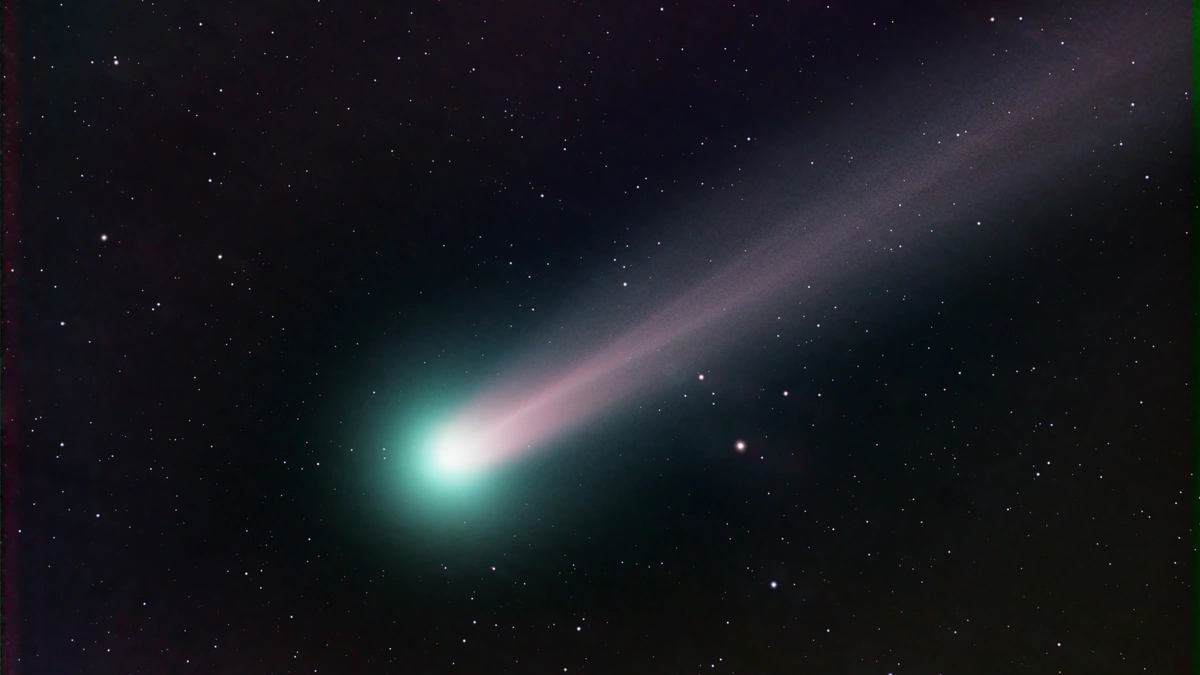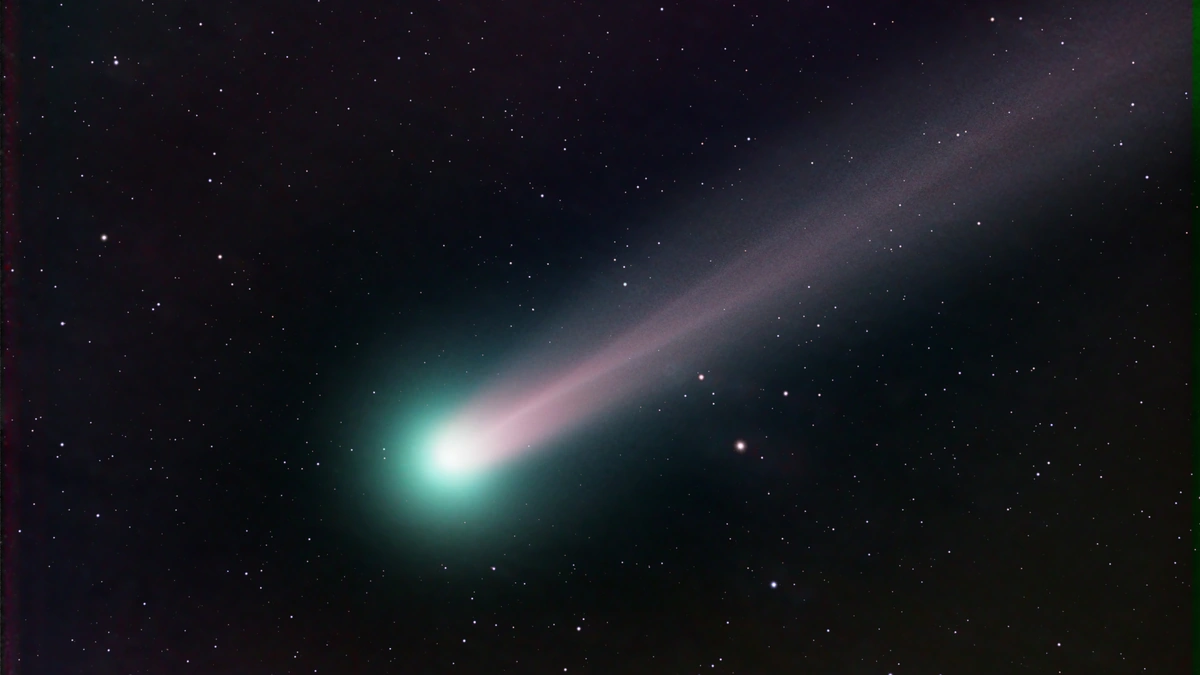Lunar Radioactivity | The Nuclear Legacy of a Major Moon Impact
Ever looked up at the Moon and wondered about its secrets? We see its familiar glow, but what’s hidden beneath the surface? What if I told you our celestial neighbor has a nuclear legacy, a story etched in radioactive moon dust by a cataclysmic event? Intriguing, right? Let’s dive in.
The Big Bang… On the Moon
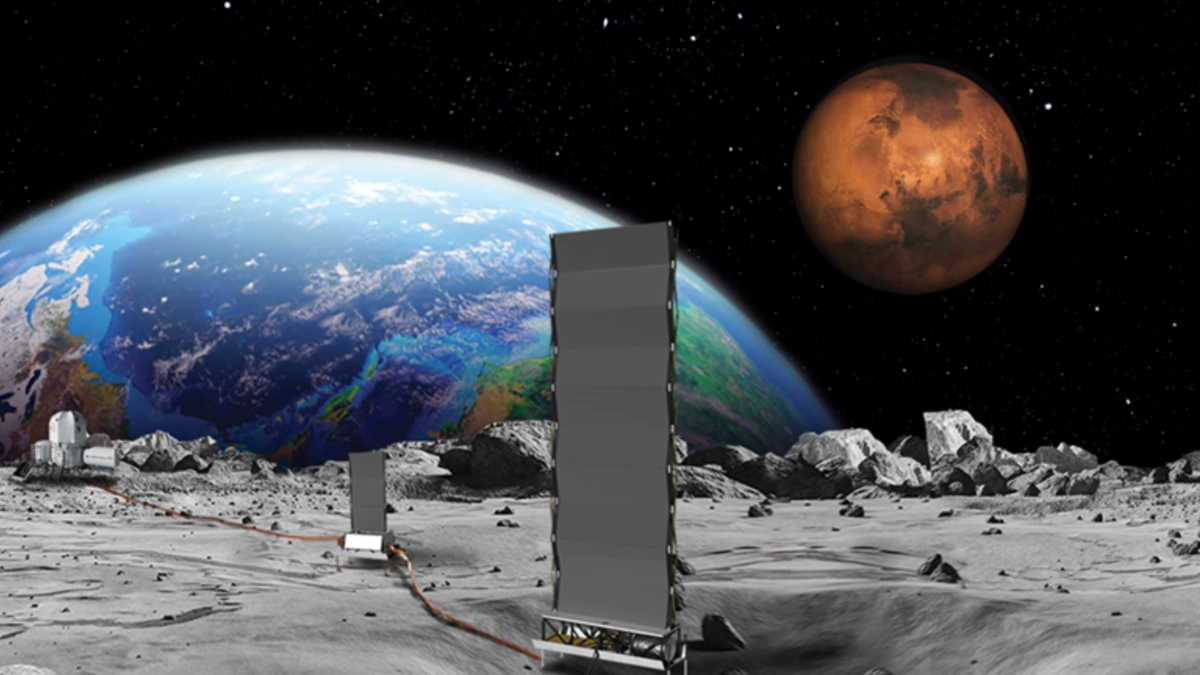
We all know the Moon was formed from a giant impact – Earth colliding with a Mars-sized object billions of years ago. But here’s the thing: the impact wasn’t just a cosmic fender-bender. It was a violent event that scattered debris everywhere, some of which coalesced to form the Moon. And within that debris? Radioactive elements, primarily thorium and uranium. The distribution of these elements isn’t uniform; some areas are significantly more radioactive than others. This leads to the question, how do we explore these areas, and what kind of shielding would we need? Exploring the moon would be much more complicated given the levels of radiation.
Now, you might be thinking, “Radioactive? Should we be worried?” Well, not exactly. The levels aren’t high enough to cause immediate harm, but understanding their distribution is crucial for future lunar missions and potentially even lunar colonization. After all, exposure to even low levels of radiation over extended periods can have health consequences.
Unveiling KREEP | The Radioactive Fingerprint
Okay, let’s get a little nerdy (in the best way possible). Scientists talk about something called KREEP – Potassium (K), Rare Earth Elements (REE), and Phosphorus (P). Lunar KREEP is a geochemical component found in lunar rocks, and it’s loaded with those radioactive elements we mentioned earlier. It’s like a fingerprint that tells us about the Moon’s formation and evolution.
But here’s the kicker: KREEP isn’t evenly distributed across the lunar surface. It’s concentrated in specific regions, particularly around the Procellarum KREEP Terrane, also known as Oceanus Procellarum. This vast, dark mare (that’s a fancy word for a lunar plain) is the largest on the Moon, and it’s believed to be the site of intense volcanic activity in the Moon’s early history. What fascinates me is how this concentration influences future plans for lunar exploration and resource extraction. Imagine trying to build a lunar base in a KREEP-rich area – you’d need to factor in radiation shielding and monitoring.
The presence of thorium and uranium in KREEP allows scientists to study lunar chronology and geological processes. By analyzing the decay rates of these elements, they can estimate the ages of different lunar rocks and understand how the Moon’s mantle evolved over billions of years. I initially thought this was straightforward, but then I realized the complexities involved in accounting for various factors that could affect these decay rates.
Impact Events and the Spread of Radioactivity
So, KREEP gives us a glimpse into the Moon’s early days, but what about more recent events? This is where those major impact events come in. When asteroids or comets slam into the Moon, they don’t just leave craters; they also redistribute material across the surface. Think of it like throwing a rock into a pond – the impact creates ripples that spread outwards.
These impacts can scatter radioactive elements far and wide, creating a complex mosaic of radioactivity across the lunar landscape. And here’s the critical point: Understanding how these impact events have shaped the distribution of lunar radioactivity is essential for interpreting the data we collect from lunar orbiters and rovers. It also sheds light on space weathering and how space rocks interact with the lunar surface.
But there is a catch, distinguishing between naturally occurring radioactivity and that caused by impact events is difficult. It’s like trying to untangle a complex web – you need to carefully analyze the composition and distribution of the radioactive materials to understand their origins.
The Future of Lunar Exploration | A Radioactive Roadmap
As we gear up for a new era of lunar exploration with missions like Artemis, understanding lunar radioactivity becomes even more critical. We need to know where the “hot spots” are to protect astronauts from excessive radiation exposure. We also need to consider the impact of radiation on lunar equipment and habitats.
Here’s the thing: this isn’t just about safety; it’s also about resource utilization. Some scientists believe that we could potentially extract valuable resources from KREEP-rich regions, including rare earth elements that are used in electronics and other high-tech applications. The challenge, of course, is to do this safely and sustainably, minimizing the risks associated with radiation exposure. This is where technology plays a critical role; we need advanced robotics and remote sensing techniques to explore and extract resources from these areas. Check this out for more space news.
Radiation Shielding and Lunar Habitats
Let’s be honest, building a lunar base isn’t going to be a walk in the park. One of the biggest challenges is protecting astronauts from radiation. The Moon doesn’t have a magnetic field or a thick atmosphere like Earth, which means it’s exposed to a constant barrage of cosmic rays and solar particles.
So, how do we shield ourselves? One option is to build habitats underground, using lunar soil as a natural shield. Another approach is to develop advanced materials that can block radiation. And a third idea involves using magnetic fields to deflect charged particles away from lunar habitats. What fascinates me is the ingenuity and creativity that scientists and engineers are bringing to bear on this problem. It’s a true testament to human innovation. In addition, monitoring systems will be required for astronauts to have constant readings on the radiation levels that they are being exposed to. Regular testing and maintenance will also be required to assure everything is functioning properly.
FAQ | Lunar Radioactivity Edition
Frequently Asked Questions
Is the Moon radioactive enough to be dangerous?
The levels aren’t acutely dangerous, but long-term exposure can pose risks. Future missions will need to factor in radiation shielding.
What is KREEP, and why is it important?
KREEP is a geochemical component rich in radioactive elements. Its distribution helps us understand the Moon’s formation and evolution.
How do impact events affect lunar radioactivity?
Impacts redistribute radioactive elements, creating a complex mosaic of radioactivity across the lunar surface. Understanding these impacts is key to interpretting data.
Can we extract resources from KREEP-rich regions?
Potentially, yes. KREEP contains valuable rare earth elements. But it would have to be done safely, minimizing radiation exposure.
What is being done to protect astronauts from radiation on the Moon?
Options include underground habitats, advanced shielding materials, and magnetic field deflection technologies.
Where can I learn more about lunar radioactivity?
Check out NASA’s website or scientific journals for the latest research and mission updates.
So, there you have it – a glimpse into the nuclear legacy of a major Moon impact. It’s a story etched in radioactive dust, a reminder that even our seemingly familiar celestial neighbor holds secrets waiting to be uncovered. And as we venture back to the Moon, understanding this legacy will be crucial for shaping a future of safe and sustainable lunar exploration.
